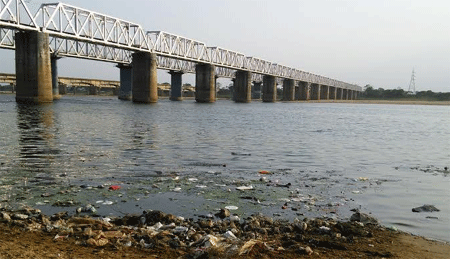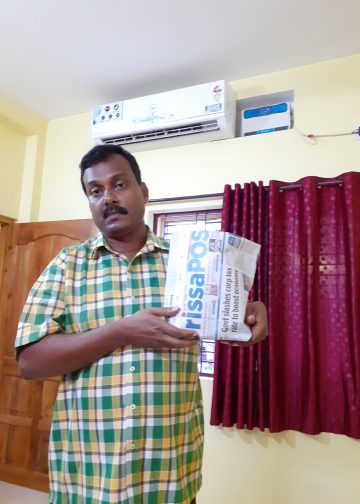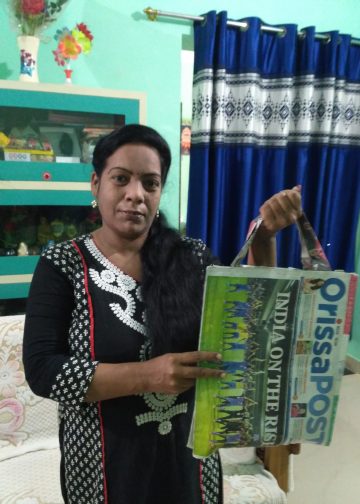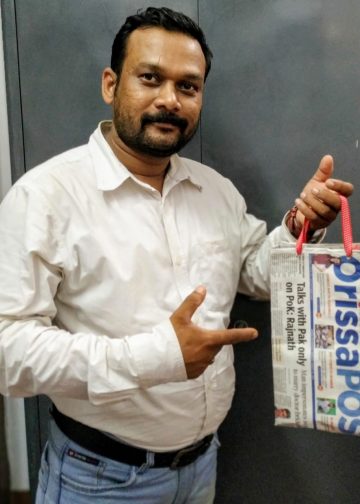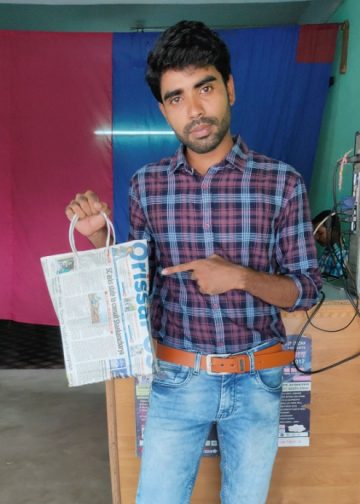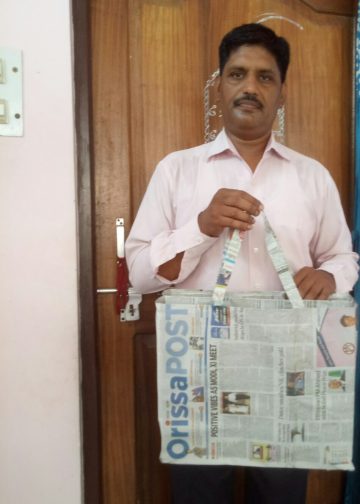Bhubaneswar: At a time when the state government has been aggressively trying to protect the Mahanadi River and fighting neighbouring states for its fair share of waters, the government’s lax monitoring of pollution controls and the lethargy of bureaucrats are giving a free hand to industries to contaminate the river water.
There are reports from different parts of the state that industries, in violation of environmental laws, are openly discharging their industrial refuse into the Mahanadi River right under the nose of the Odisha State Pollution Control Board (OSPCB).
For example, a private rice mill in the Manujunga area of Tirtol, Jagatsinghpur, is said to be discharging industrial waste into the river in violation of pollution laws.
Some environmentalists and activists, irked by the blatant violation of laws, have collected evidence in the form of geo-tagged photos and approached the OSPCB to intervene in the matter to safeguard the lifeline of Odisha.
The petitioners complained and alleged that as per the ‘Consent to Establish’ papers, the SPCB had granted approval the same day it received the online application without a physical visit by the officials of the state’s pollution watchdog.
In their application, the petitioner and NGT lawyer Sankar Prasad Pani said, “The rice mill is discharging its untreated water into Mahanadi through an open drain. The water is absolutely stinking and frothing indicating high BOD content, thereby making the Mahanadi water polluted. Fishermen have also complained that the fish in nearby areas is dwindling and when people come in contact with water it causes skin irritation.”
It was also reported that for the construction of the plant 5,000 trees were felled which added extra burden on the environment.
The petitioners have demanded that regulatory offices must make physical visits to industrial sites to ensure they follow pollution laws.
Trump’s Masterstroke
Can a competent plan on a vital matter be incompetently executed? The United States says it is being looted by...
Read more
